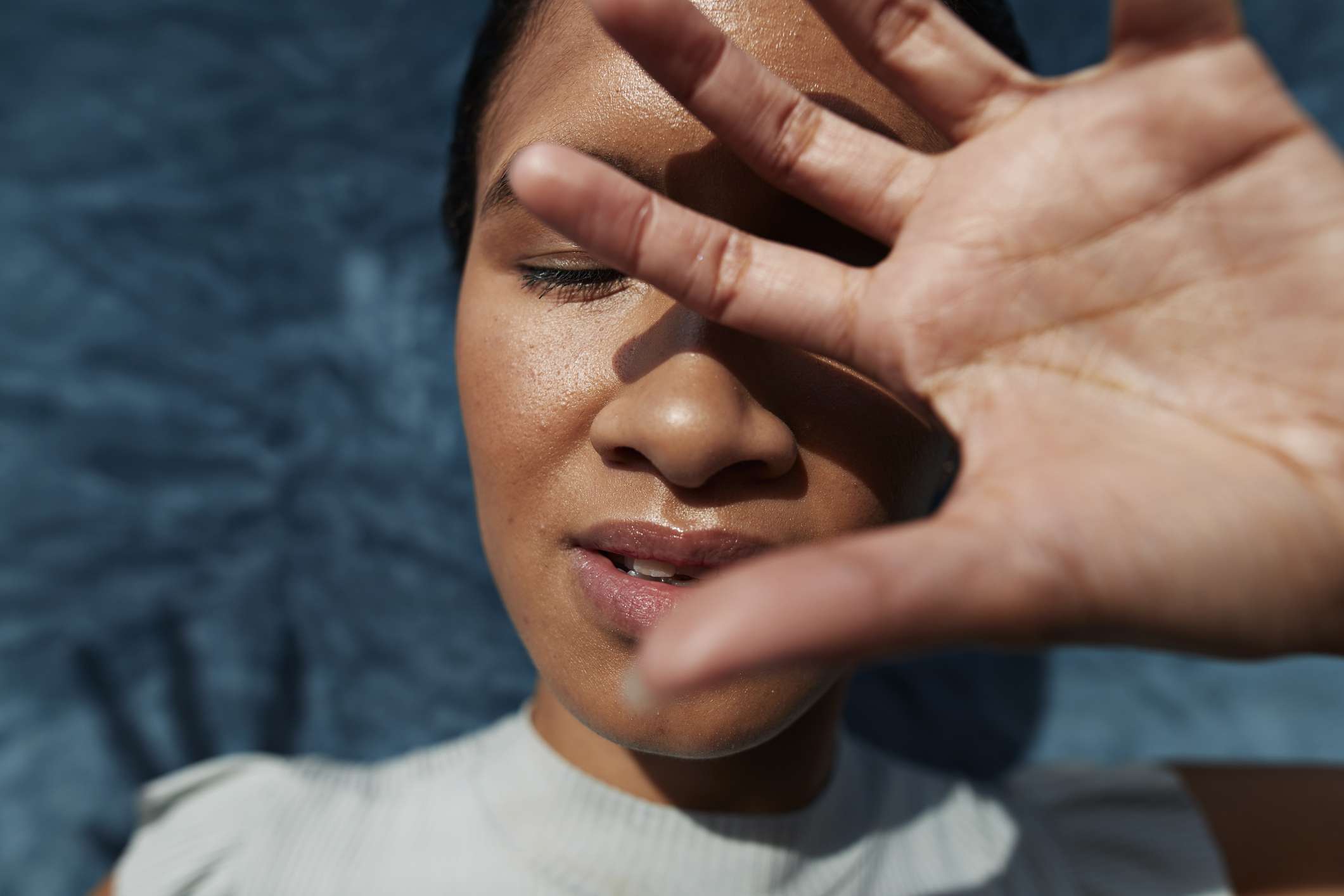
Photophobia might sound like a fear of photos, but it actually means sensitivity to light. This condition can make bright lights feel like a thousand needles in your eyes. People with photophobia often squint, get headaches, or even feel nauseous when exposed to light. It's not just about the sun; indoor lighting, screens, and even reflective surfaces can be triggers. Causes range from migraines and eye diseases to medications and brain injuries. Understanding photophobia can help manage its symptoms and improve quality of life. Ready to learn more? Here are 31 facts that will shine a light on this often misunderstood condition.
What is Photophobia?
Photophobia is a condition where bright lights cause discomfort or pain in the eyes. It can be a symptom of various underlying issues. Let's dive into some interesting facts about this condition.
-
Photophobia literally means "fear of light." The term comes from Greek words "photo" (light) and "phobia" (fear).
-
It's not a disease. Photophobia is a symptom rather than a standalone condition. It often indicates another underlying issue.
-
Migraines are a common cause. Many people with migraines experience sensitivity to light during an attack.
-
Eye conditions can trigger it. Issues like uveitis, corneal abrasions, and conjunctivitis often lead to photophobia.
-
Brain injuries can cause it. Concussions and other traumatic brain injuries may result in light sensitivity.
-
Certain medications can make it worse. Drugs like antibiotics, antihistamines, and diuretics sometimes increase light sensitivity.
Symptoms and Diagnosis
Understanding the symptoms and how photophobia is diagnosed can help in managing it better.
-
Squinting is a common reaction. People with photophobia often squint or close their eyes in bright light.
-
Headaches often accompany it. Light sensitivity frequently comes with headaches or migraines.
-
Eye pain is a key symptom. Bright lights can cause significant discomfort or pain in the eyes.
-
Nausea can occur. Some individuals experience nausea when exposed to bright lights.
-
Diagnosis involves eye exams. Eye doctors use various tests to determine the cause of photophobia.
-
Neurological exams may be needed. If a brain injury is suspected, a neurological exam might be conducted.
Treatment and Management
Managing photophobia involves addressing the underlying cause and finding ways to reduce light sensitivity.
-
Wearing sunglasses helps. Dark sunglasses can reduce discomfort in bright environments.
-
Tinted lenses are beneficial. Specially tinted lenses, like FL-41, can help alleviate symptoms.
-
Avoiding bright lights is crucial. Staying away from bright or flickering lights can prevent discomfort.
-
Medications can help. Pain relievers and anti-inflammatory drugs may reduce symptoms.
-
Treating the underlying cause is key. Addressing issues like migraines or eye infections can alleviate photophobia.
-
Using artificial tears can provide relief. Lubricating eye drops can reduce discomfort in some cases.
Interesting Facts
Here are some lesser-known facts about photophobia that might surprise you.
-
It can affect animals too. Pets, especially dogs and cats, can also suffer from light sensitivity.
-
Blue light is often the worst. Many people with photophobia find blue light particularly bothersome.
-
It can be temporary or chronic. Some experience photophobia briefly, while others deal with it long-term.
-
Seasonal changes can impact it. Bright sunlight in summer or glare from snow in winter can worsen symptoms.
-
It can affect mental health. Chronic photophobia may lead to anxiety or depression due to constant discomfort.
-
Some genetic conditions include photophobia. Conditions like albinism and aniridia often involve light sensitivity.
Preventive Measures
Taking steps to prevent photophobia can make a big difference in quality of life.
-
Regular eye check-ups are important. Routine visits to the eye doctor can catch issues early.
-
Using computer screens wisely helps. Adjusting screen brightness and taking breaks can reduce eye strain.
-
Wearing hats or visors can provide shade. These accessories help block out bright light when outdoors.
-
Using anti-glare screens is beneficial. Anti-glare filters on devices can reduce light sensitivity.
-
Maintaining good eye hygiene is crucial. Keeping eyes clean and avoiding irritants can prevent infections that cause photophobia.
-
Managing stress can help. Stress reduction techniques may alleviate symptoms, especially if migraines are involved.
-
Staying hydrated is essential. Proper hydration can keep eyes healthy and reduce discomfort.
Understanding Photophobia
Photophobia, or light sensitivity, affects many people worldwide. It can stem from various causes like migraines, eye conditions, or even certain medications. Knowing the triggers and symptoms helps in managing this condition better. Simple steps like wearing sunglasses, using dim lighting, or taking breaks from screens can make a big difference. Consulting with a healthcare professional is crucial for proper diagnosis and treatment.
Living with photophobia doesn't mean you have to stay in the dark. With the right strategies and support, you can lead a comfortable life. Remember, awareness is key. The more you know about photophobia, the better you can handle it. Stay informed, take care of your eyes, and don't hesitate to seek help when needed. Your eyes will thank you!
Was this page helpful?
Our commitment to delivering trustworthy and engaging content is at the heart of what we do. Each fact on our site is contributed by real users like you, bringing a wealth of diverse insights and information. To ensure the highest standards of accuracy and reliability, our dedicated editors meticulously review each submission. This process guarantees that the facts we share are not only fascinating but also credible. Trust in our commitment to quality and authenticity as you explore and learn with us.
